|
By Brianna In which Brianna reviews Women in Science, a book that attempts to restore women in history as the scientific pioneers that they were or are. This article contains affiliate links, by using them to purchase the items we describe, you're helping to support Busy Nest News. Thanks! Women in Science, by Rachel IgnotofskyWomen’s History Month exists because the default version of history tends to leave women out. Of course women throughout time have made substantial contributions to the world. We must always remember that history (as my professors drummed into my brain on a daily basis for four years) is not what actually happened, but rather what we write about what happened. A logical first step to put women back into history is to examine- in writing- their contributions to various subjects, and allow them to regain their place in the timeline. Women in Science: 50 Fearless Pioneers Who Changed the World is Rachel Ignotofsky’s attempt to do just that. Summary: The structure of Women in Science is chronological. Starting with Hypatia, a philosopher (read: astrophysicist) from fourth century Alexandria, Egypt, Ignotofsky gives each woman a two-page spread. Each woman’s page is illustrated in one of about six bold colors (Hypatia’s is green). On the recto is an illustration of the scientist at work, or holding the tools of her trade. On the verso is a brief biography and description of the woman’s accomplishments. Both pages contain smaller doodles and facts in the border that may or may not have been included in the biography. Roughly every dozen pages, the biographies are put on hold in favor of a timeline, or inventory of lab tools. Women representing all areas of science and from all over the world are represented in this book. Review: I was thrilled when Monkey received this book as a gift. It was even better than I had expected it to be. My husband and I got into the habit of reading a different scientist’s biography to her every night as part of her bedtime routine. That is very easy to do, by the way, because of the format of this book. Each page is dedicated to one woman, so we read one scientist every day. We love looking at the doodles in the margins of each page. I was especially thrilled that women from the social sciences, such as psychology, anthropology, ergonomics, and logistics were included alongside the engineers, mathematicians, geneticists and astrophysicists. Representation across countries, ethnicities, religions, and races is great, too. The scientists in this book aren't all excessively privileged women from North America and Europe (although some of them certainly are; looking at you, Ida Lovelace). This book will subtly turn anyone into a fledgling feminist. Reading these amazing women’s stories every night as we were, my husband was startled by how many times he had to read something along the lines of “we don’t know anything about this woman, except what the men she worked with put in their diaries and the footnotes of their first drafts.” And it will appal you, because their contributions were enormous and largely unacknowledged. Not just minor contributions to men’s projects; we’re talking straight up plagiarism in many cases. The book offers hope, as well. Work conditions for women in science got better over time, and many managed to make their mark despite the barriers that were in place. I mean, how incredible must the mind of Hypatia have been, for so many of her male students to have written about her that we can assemble her biography without any of her own works? What’s more, the women in Women in Science often found ways to carve out their own, new regions of science. Some of the women of this book were forced to be creative and deal with day-to-day matters in ways that their male peers were not, and their work was affected by their unique perspectives as a result. If you want a simple, straightforward way to introduce women scientists to your child, this book is a great start. I’d even recommend it as a reference resource for future assignments. You know your kid is going to have to read and write biographies of famous figures several times while they’re in school. I know I had to in both social studies and science. So the next time they bring such an assignment home, just pull out this book and pick from a number of worthy subjects. Also, this is one of those books whose design is so on-point that I would recommend buying it even if you aren’t a parent, because it’s going to look so hecking great on your coffee table! You’ll hand your friend on the couch a beer, and they’ll flip through and be amazed with new knowledge and pretty pictures while you assemble snacks. Needless to say, I give Women in Science five eggs. I need this book!Think you're ready to go shopping? Wait til you hear this! Women in Science also comes in Spanish! Rachel Ignotofsky has also written and illustrated Women in Sports: 50 Fearless Athletes Who Played to Win, which is obviously about women in sport. If that book is anything like Women in Science, which it appears to be from my cursory skimming, then I’m sure it is also fantastic. If you like these books, then you will LOVE Ignotofsky’s beautiful I Love Science journal. It is packed with reference tables and equations, quotes from famous women scientists, and her signature doodles adorn the margins of each page. And there’s a 2018 calendar. And a box of postcards. The fun just doesn’t stop! Let's keep in touch!
0 Comments
Leave a Reply. |
AuthorsAriel and Brianna are friends who met while working in a library. Now they collaborate to develop life-enhancing book club experiences. Archives
June 2023
Let's keep in touch!Categories
All
|
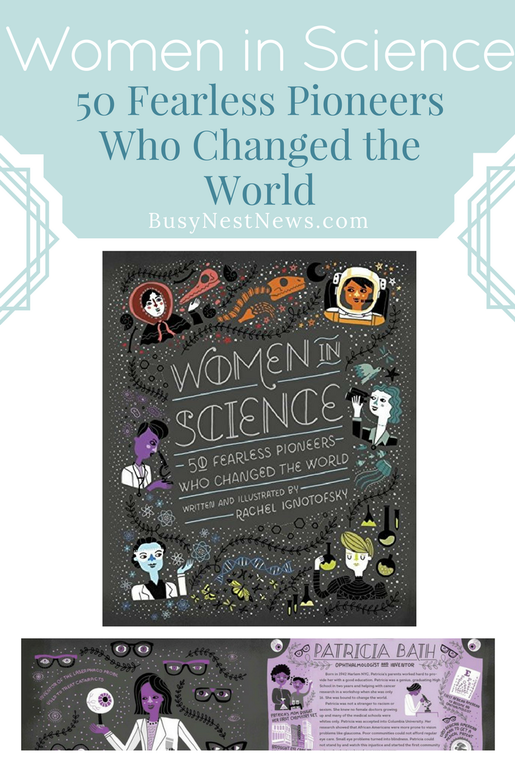
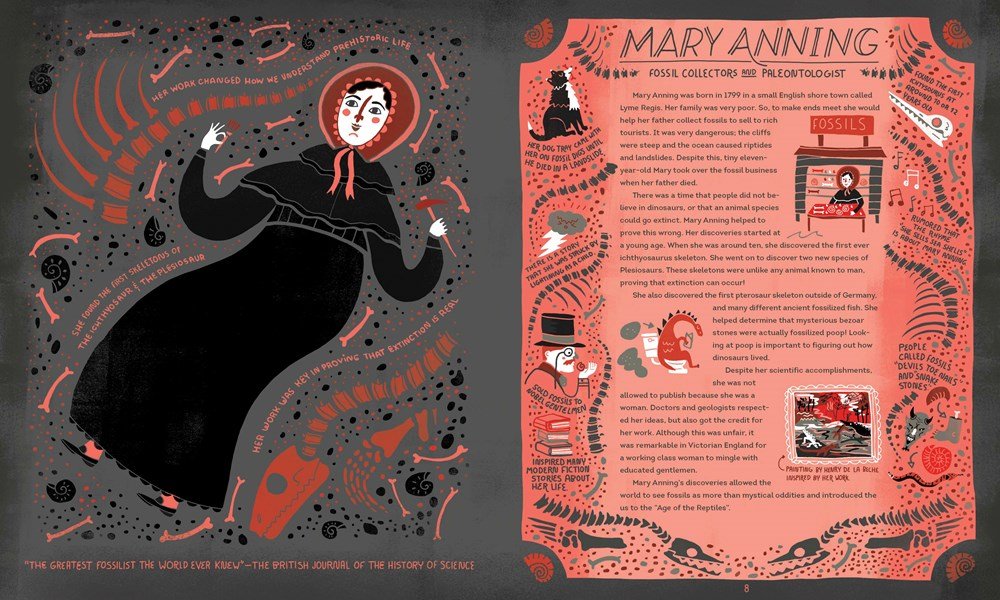
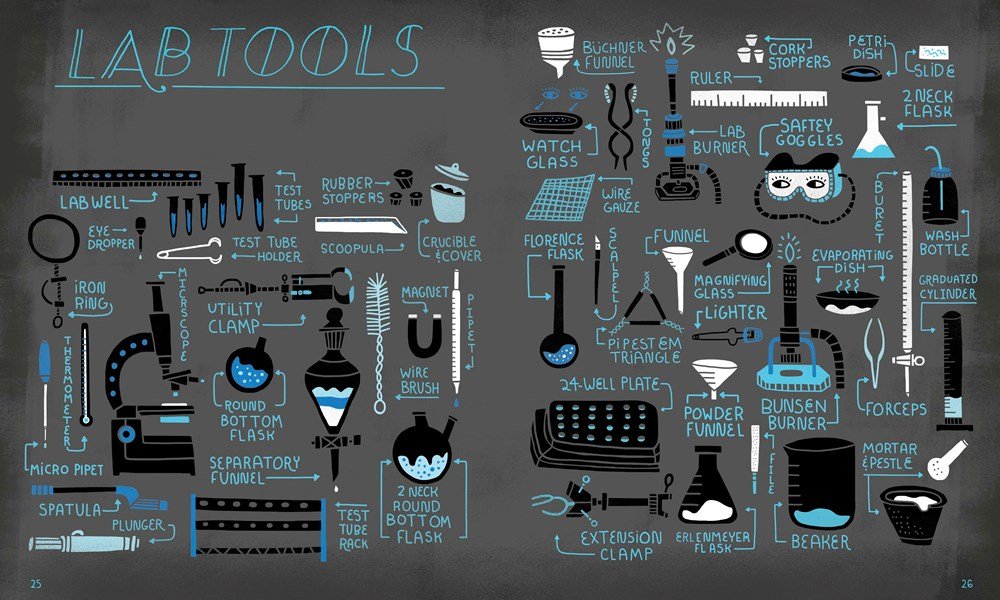

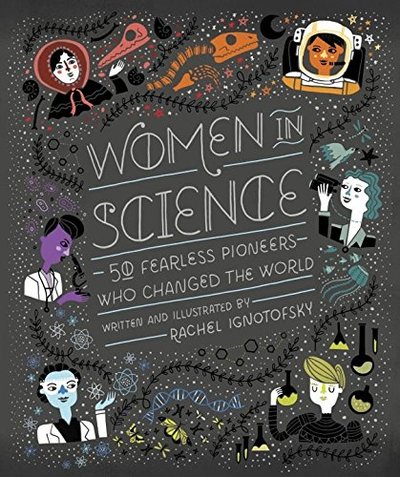
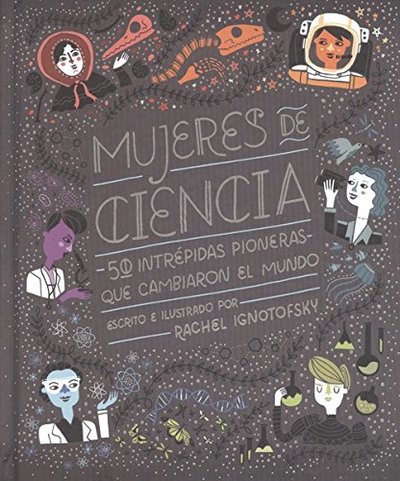
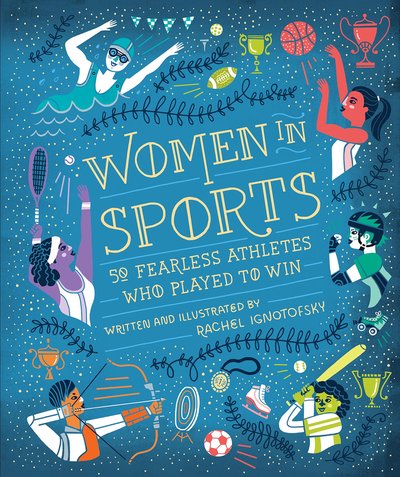
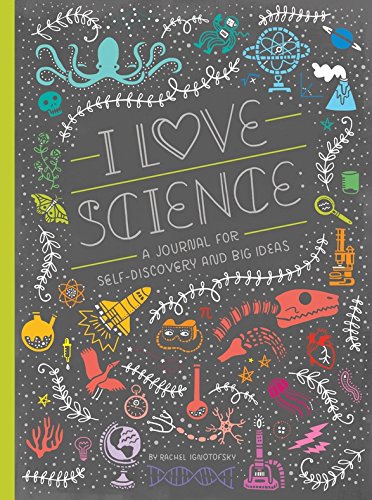
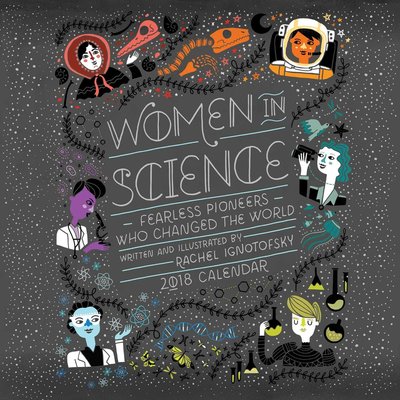
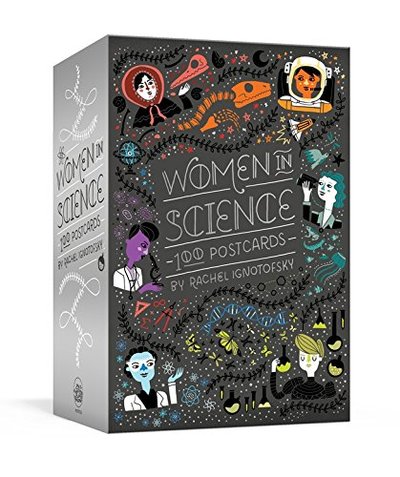

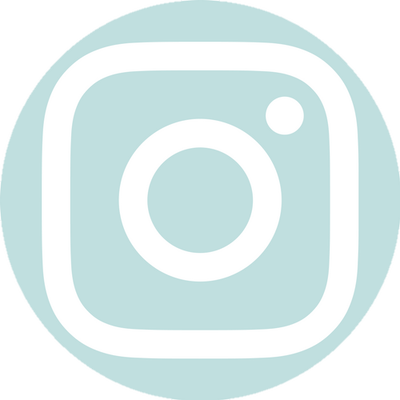



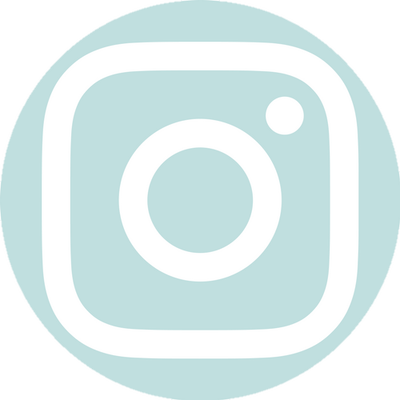


 RSS Feed
RSS Feed